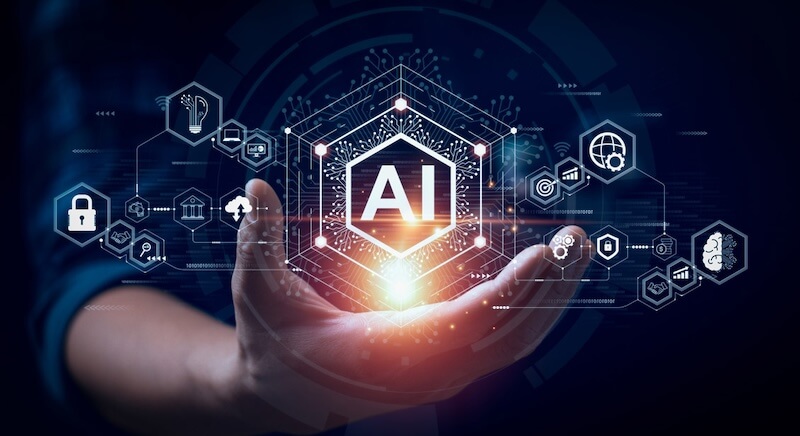Generative AI is rapidly solidifying its position as a dominant technology trend, poised to reshape numerous facets of life and industry by 2025. From revolutionizing creative endeavors to accelerating scientific discovery and redefining human-computer interactions, its influence is becoming increasingly pervasive. Several key trends define this rise to prominence.
One of the most significant developments is the emergence of multimodal AI. These advanced systems can seamlessly process and generate diverse content types, including text, images, audio, and even 3D models. By 2025, these models will likely be capable of tasks such as writing scripts, generating corresponding visuals, and composing soundtracks from a single prompt, streamlining content creation workflows.
Hyper-personalization is another area where generative AI is making substantial inroads. Businesses are deploying AI to generate personalized content, products, and services tailored to individual preferences at an unprecedented scale. E-commerce platforms can generate unique product descriptions and virtual try-on experiences for each user. In healthcare, AI tools are developing personalized treatment plans based on patient data, while in gaming, procedurally generated worlds adapt to a player's style in real-time.
The rise of AI-powered autonomous agents marks another critical trend. These agents can operate with minimal human input, managing tasks and making decisions independently. By 2025, expect AI to control calendars, send emails, and prepare reports without constant oversight. Businesses can leverage AI agents to manage supply chain logistics, predict market trends, and even negotiate deals.
Generative AI is also transforming scientific discovery. By simulating molecular interactions, designing materials with desired properties, and hypothesizing experimental designs, it is accelerating drug discovery and materials science. AI models are partnering with researchers to tackle climate change, space exploration, and other complex challenges, potentially reducing research timelines from years to months.
Real-time applications of generative AI are exploding, fueled by edge computing and advanced network infrastructure. Instant language translation in video calls, on-the-fly content creation for live events, and dynamic environment generation in gaming are becoming increasingly common. In customer service, chatbots are crafting human-like responses in milliseconds, enhancing user experiences across various platforms.
However, the rise of generative AI also presents significant challenges. Ethical concerns surrounding bias, transparency, and trust are paramount. Efforts are underway to train models on more diverse datasets and implement adversarial debiasing techniques. Explainable AI frameworks are gaining traction, helping users understand how AI outputs are generated. Governments and organizations are also developing guidelines and regulations to ensure responsible AI development and deployment.
Another challenge is the increasing energy footprint of complex generative AI models. Sustainability is becoming a key priority, with researchers and industries focused on improving algorithms and hardware to reduce energy consumption. Techniques such as model pruning, quantization, and specialized chips are being employed to balance performance with energy efficiency. Carbon-neutral data centers and renewable energy partnerships are also becoming more prevalent.
Despite these challenges, the future of generative AI appears bright. Advancements in multimodality, smaller language models, domain-specific models, and real-time applications promise even greater opportunities. Open-source AI is fostering innovation and ensuring diverse representation, while investments in AI skills and training are preparing the workforce for the changing landscape. By 2025, generative AI will be an integral part of daily life, driving innovation, efficiency, and personalization across industries and beyond.

















